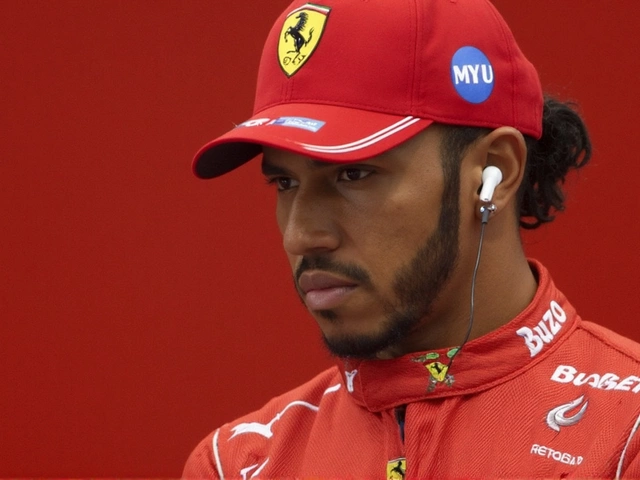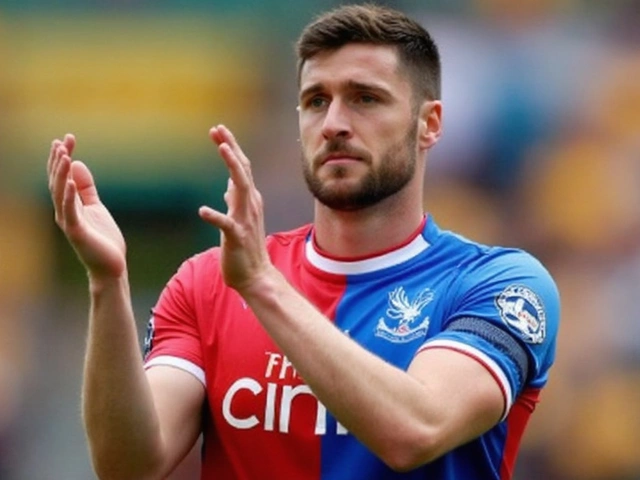Content Regulation: What It Means for Sports, Media, and Politics
Ever wonder why a football match gets a warning about language or why a news article is taken down? That's content regulation at work. It’s the set of rules that decides what can be shown, said, or streamed online and on TV. Whether you’re a fan, a journalist, or just scrolling, these rules shape what you see.
Why Regulations Matter
Regulations keep a balance between free expression and protecting audiences. In sports, governing bodies like the Premier League ban hate speech and enforce broadcast standards so families can watch without offensive language. In politics, governments may limit misinformation to protect elections, though the line between safety and censorship can blur. For entertainment, regulators check age ratings and content warnings so viewers know what they're getting into.
Key Areas of Content Regulation
1. Broadcast Standards. TV channels must follow national codes that control violence, profanity, and advertising. If a live match spikes with unscripted insults, the channel can be fined or asked to issue a delay.
2. Online Platforms. Social media giants have policies that flag hate speech, fake news, and copyrighted material. They use AI and human reviewers to decide what stays up. Users can appeal decisions, but the process is often rushed.
3. Sports Governing Bodies. Organizations like FIFA and the NFL set their own media rules. They dictate how players can talk to the press, what sponsors appear on jerseys, and how video replay is used during games.
4. Political Content. During elections, many countries require political ads to be clearly labeled and limit foreign spending. Some also force platforms to store election‑related posts for a set period.
5. Age Ratings. Movies, games, and streaming shows get a rating (U, PG, 12, 15, 18) based on content. This helps parents decide what’s appropriate for kids.
All these rules intersect. A controversial sports interview might trigger both broadcast standards and political content rules if a player comments on government policy. That’s why media teams have legal advisors on call.
For everyday readers, knowing the basics helps you spot why something disappears or gets a warning. If a post is removed for "violating community standards," it usually means it broke one of the platform’s policies on hate, violence, or misinformation.
Brands also feel the impact. A sponsorship that appears in a controversial ad can be pulled after regulators flag it as misleading. That’s why marketing teams now run their campaigns past compliance checks before launch.
Looking ahead, new tech like deepfakes and AI‑generated content will test current rules. Regulators are already drafting guidelines to label synthetic media, but enforcement may lag behind innovation.
Bottom line: content regulation isn’t just a bureaucratic hassle – it’s the invisible hand shaping what we watch, read, and share. Staying informed means you can enjoy sports, entertainment, and news without unwanted surprises, and it gives you the tools to question when a rule feels overreaching.
Next time you see a warning label or a removed video, think about the web of standards behind it. That’s the real story of content regulation – a mix of protecting audiences, preserving fairness, and constantly adapting to new media trends.





